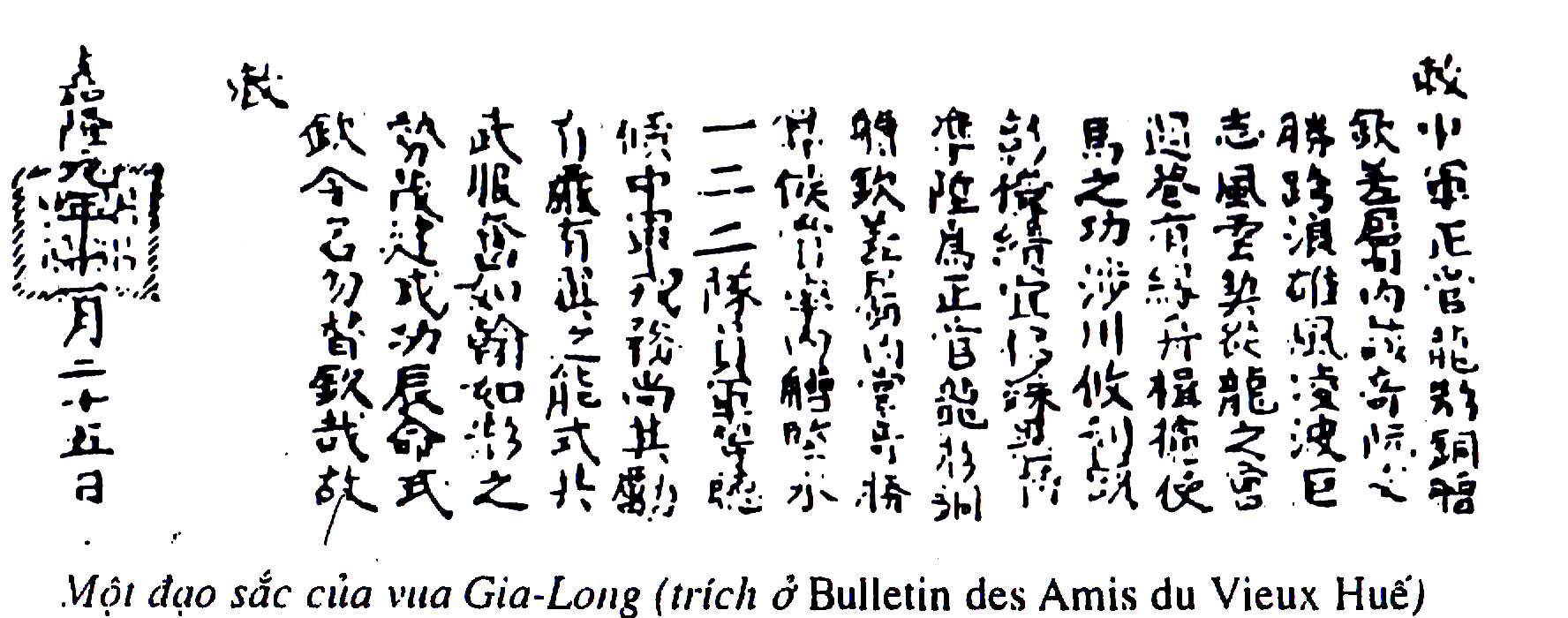Ethnicity
_copy.jpg)
Vietnam is a multiethnic country with over fifty distinct groups (54 are recognized by the Vietnamese government), each with its own language, lifestyle, and cultural heritage. Many of the local ethnic groups are known collectively in the West as Montagnard or Degar. The largest ethnic groups are: Kinh (Viet) 86.2%, Tay 1.9%, Tai Ethnic 1.7%, Mu?ng 1.5%, Khmer Krom (Kho Me Cr?m) 1.4%, Hoa 1.1%, Nùng 1.1%, Hmong 1%, others 4.1% (1999 census). The Vietnamese term for ethnic group is ngu?i thi?u s? or dân t?c thi?u s? (literally "minority people").
People of European, North American, Australian, and Asian (non-Vietnamese) origin. Many people of these origins are temporary residents in Vietnam as expatriate workers and some are permanently settled there, some through marriage. Included in permanent settlers are Europeans of French descent, who are descendants of the colonial settlers. Most of them left after its independence.
Languages

An Austroasiatic language that originated in the north of Vietnam and is the national and official language of the country. It is the native language of the Vietnamese (Kinh) people, as well as a first or second language for the many ethnic minorities of Vietnam. As the result of Vietnamese emigration and cultural influence, Vietnamese speakers are found throughout the world, notably in East and Southeast Asia, North America, Australia and Western Europe. Vietnamese has also been officially recognized as a minority language in the Czech Republic.
It is part of the Austroasiatic language family of which it has by far the most speakers (several times as many as the other Austroasiatic languages combined). Vietnamese vocabulary has borrowings from Chinese, and it formerly used a modified set of Chinese characters called ch? nôm given vernacular pronunciation. The Vietnamese alphabet (qu?c ng?) in use today is a Latin alphabet with additional diacritics for tones, and certain letters.
Religion

Long-established religions in Vietnam include the Vietnamese folk religion, which has been historically structured by the doctrines of Confucianism and Taoism from China, as well as a strong tradition of Buddhism (called the three teachings or tam giáo). Vietnam is one of the least religious countries in the world. According to official statistics from the government, as of 2014 there are 24 million people identified with one of the recognised organised religions, out of a population of 90 million. Of these, 11 million are Buddhists (12.2%), 6.2 million are Catholics (6.8%), 4.4 million are Caodaists (4.8%), 1.4 million are Protestants (1.6%), 1.3 million are Hoahaoists (1.4%), and there are 75,000 Muslims, 7,000 Bahais, 1,500 Hindus and other smaller groups ( <1%). Traditional folk religions (worship of gods, goddesses and ancestors) have experienced a rebirth since the 1980s.
According to estimates by the Pew Research Center, in 2010 most Vietnamese people practice folk religions (45.3%), Buddhists constitute 16.4% of the population, around 8.2% of the Vietnamese are Christians (mostly Catholics), and around 30% are unaffiliated to any religion. Officially, the Socialist Republic of Vietnam is an atheist state as declared by its communist government.
Education

Education in Vietnam is divided into five levels: preschool, primary school, secondary school, high school and higher education. Formal education consists of twelve years of basic education. Basic education consists of five years of primary education, four years of intermediate education, and three years of secondary education. The majority of basic education students are enrolled on a half-day basis.
The main educational goal in Vietnam is improving people’s general knowledge, training quality human resources and nurturing and fostering talent. With one of the highest GDP growth rates in Asia, Vietnam is currently trying to overhaul its education system, with the importance of internationalizing the education system to maintain the rapid economic growth of the last two decades.
Health

The overall quality of health in Vietnam is good, as reflected by 2010 estimates of life expectancy (76.86 years) and infant mortality (20.24 per 1,000 live births)
However, malnutrition is still common in the provinces, and the life expectancy and infant mortality rates are stagnating. In 2001 government spending on health care corresponded to just 0.9 percent of gross domestic product (GDP). Government subsidies covered only about 20 percent of health care expenses, with the remaining 80 percent coming out of individuals’ own pockets.